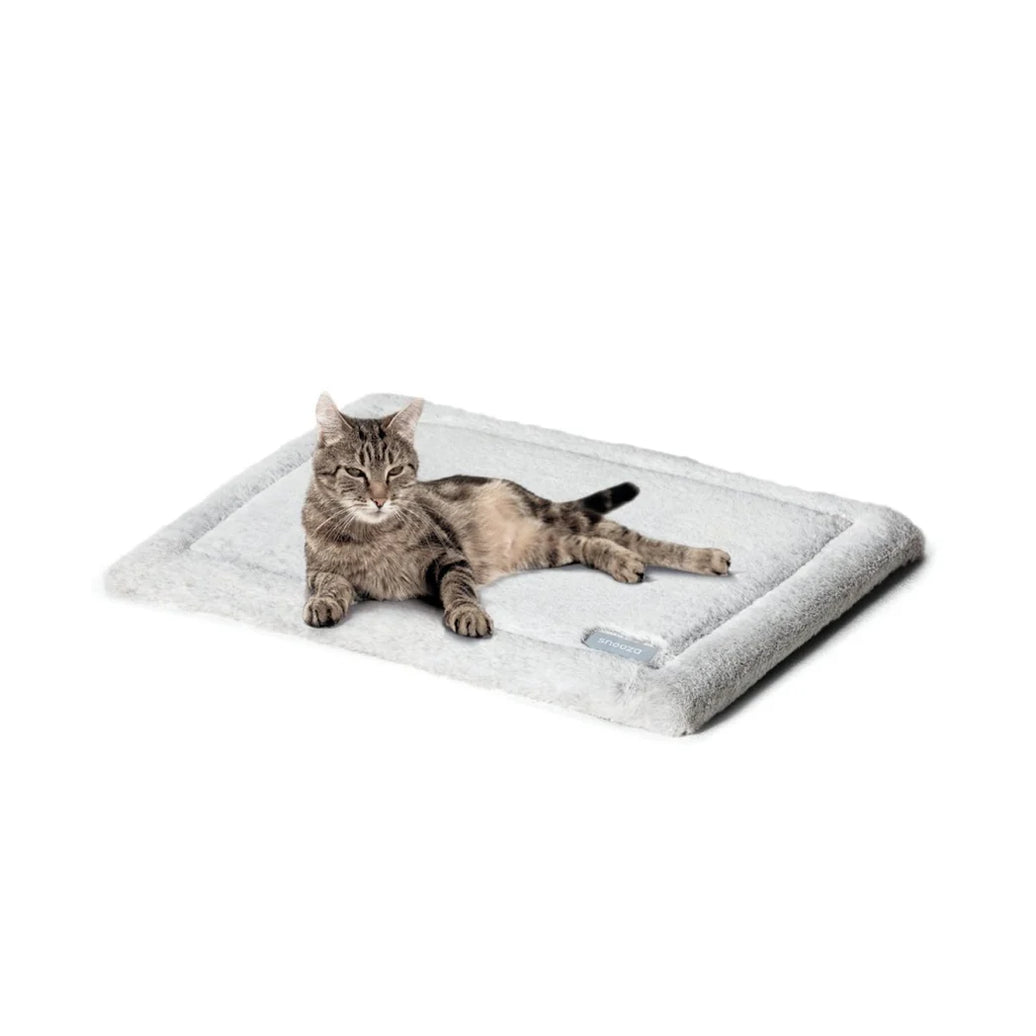The Science Behind the Restful Night's Rest of Pets
A great night rest is just as important for our pets as it is for humans. As pet parents, we frequently neglect the importance of their resting arrangements, yet the appropriate pet bed can make a significant difference in their ease and overall health. From orthopedic care for elderly joints to temperature-regulating features for those warm summer nights, choosing the ideal bed is key to ensuring that our beloved friends arise energetic and prepared to have fun.
Dealing with the extensive selection of pet beds available today can be overwhelming, but knowing your pet's specific needs can help ease the task. Factors like size, sleeping position, and any special health needs, such as stress or joint pain, play a crucial role in deciding the ideal bed. In this article, we will discuss various facets of pet beds, provide tips for choosing, and emphasize features that cater to the individual requirements of your cherished companions, ensuring they experience the adequate slumber they require.
Selecting the Perfect Pet Bed

As selecting a pet bed for your furry friend, it is crucial to consider their specific needs and preferences. Begin by observing their sleeping habits and positions, as this information can offer valuable clues into what type of bed will be most cozy for them. For example, if your pet curls up while sleeping, they may prefer a donut bed that offers safety and warmth. On the other hand, if they prefer to stretch out, a mattress-style bed might be a more suitable option.
One more important factor to consider is your pet's age and health status. Senior pets or those with joint pain and arthritis may benefit from orthopedic or memory foam beds that provide additional support and alleviate pressure points. If your pet has anxiety, a bed designed to create a tight enclosed space can be reassuring. Always look for beds that accommodate these individual needs, ensuring your pet gets the optimal possible rest.
Finally, practicality can't be ignored. Evaluate news used in the bed, paying attention on durability, hypoallergenic properties, and ease of cleaning. Washable beds tend to be handier, especially for pets that shed or have accidents. Additionally, take into consideration the size of the bed in relation to your pet's dimensions, ensuring a good fit. This focus to detail will significantly enhance your pet's comfort and promote a restful night's sleep.
Types of Animal Bedding
As you selecting a animal bed, it's important to understand the different types available, as each serves a distinct purpose and caters to particular animal needs. Classic animal bedding come in multiple forms and sizes, but generally can be grouped into categories like flat beds, donut-shaped beds, bolster beds, and specialized beds. Flat beds provide a straightforward, easy-to-access area for your animal to rest, while donut and bolster bedding offer a comfortable and protected environment, perfect for pets that like to curl up while sleeping.
Orthopedic and foam beds are particularly designed to provide additional support for animals with joint issues, arthritis, or simply in need of enhanced comfort. These beds mold to your pet's body, reducing pressure points and encouraging a more restful night's sleep. Heated bedding are also an option, especially helpful for senior pets or those with ongoing pain, offering heat and comfort to soothe aches.
For animals that spend a lot of time outdoors or are prone to destruction, raised pet beds and water-resistant options are perfect. Raised beds keep your pet off the floor, allowing for better airflow and comfort, while waterproof bedding are conveniently cleanable and protect against any spills. Additionally, consider portable bedding for animals who join you on trips, ensuring they have a well-known and cozy spot where they travel.
Taking care for Your Pet's Bed
Caring for your pet's bed is important for their health and comfort. Routine cleaning helps remove odors, allergens, and bacteria that can build up over time. Depending on the material, you may be able to remove the cover for washing in a machine, which is often the easiest way to keep the bed fresh. For beds lacking removable covers, consider spot cleaning with pet-safe detergents and ensuring the bed is air dried thoroughly to prevent mold or mildew development.
Inspect the bed periodically for signs of wear and tear. Check for ripped Snooza Pet Beds , flattening of the filling, or any chew damage, especially in households with younger pets. A worn-out bed may fail to provide adequate support, leading to discomfort or joint pain. Knowing how frequently to replace your pet’s bed can depend on its quality and use, but a general rule is to assess it at least every six to twelve months to determine if it still meet the pet's needs.
Also, consider the specific requirements of the pet when deciding on care routines for the bed. For instance, pets prone to allergies may benefit from hypoallergenic materials and more regular washing. Large or active pets may require more robust and chew-resistant options. Make sure to choose a cleaning method and bed that align with your pet’s lifestyle to ensure they have a comfortable, clean, and supportive sleeping environment.